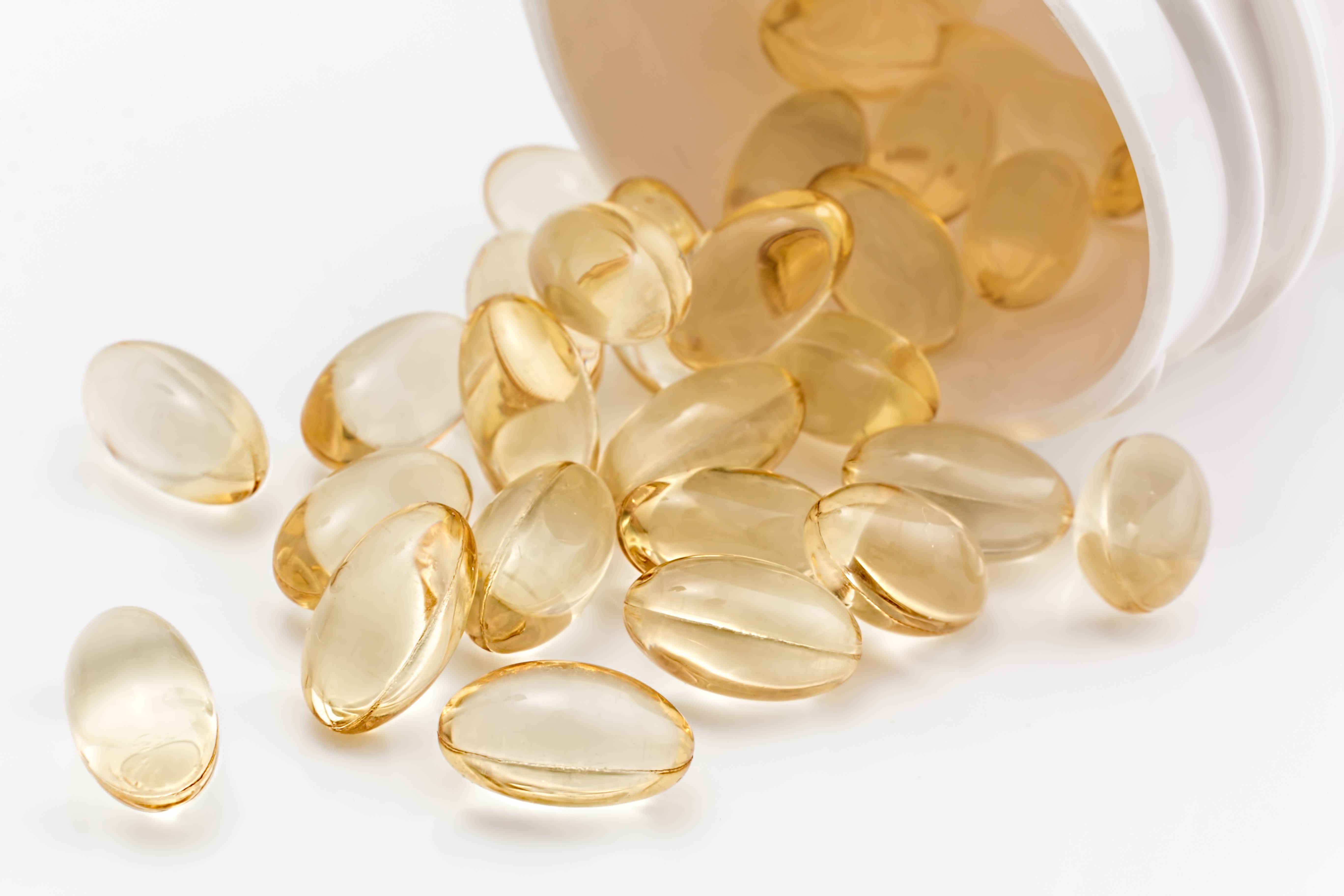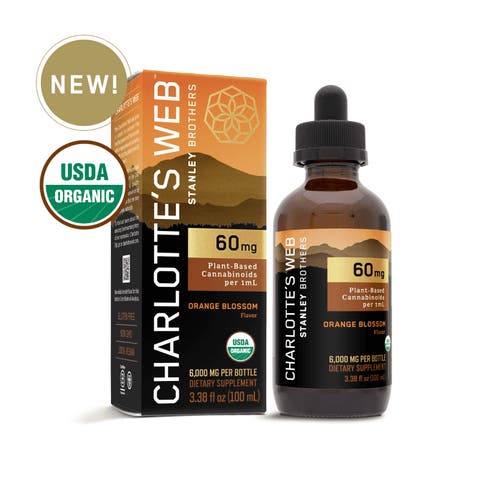
Hemp is a valuable source of organic matter. It decomposes and releases large quantities of organic matter to the soil throughout its life cycle. In addition, its high leaf turnover rate reduces evaporation and water loss. It acts as a mulch, protecting soil structure. Before being harvested, the plant decomposes its stalks.
Cannabis sativa
Cannabis sativa is one the fastest-growing plants in the world. It is used for medicinal and industrial purposes. Many products are possible from hemp including paper, rope, and clothes. Hemp is fast-growing and can also be used to make biofuel. It is also the most widely-cultivated plant on the planet. Hemp is fast-growing and also low-maintenance, making it a great option for your local garden.
Cannabinoids, which are bioactive compounds found in Cannabis sativa cannabis hemp, are a valuable source. These compounds have been proven to have anti-inflammatory properties and antioxidant qualities. They are also capable of preventing wrinkles and fine lines. They also help to strengthen the skin barrier and prevent bacteria from building up on the skin.
Hemp is legal in the United States but it's still a popular agricultural crop. It is actually one of the oldest cultivated plants. The plant is a significant contributor of fiber, seed and textiles and other industrial product. Its seeds and oil contain high levels of essential nutrients and omega-fatty acids.

A valuable ingredient in skincare products is the seed oil from the hemp plant. It is rich in nutrients and antioxidants. It has been used as a beauty ingredient and food ingredient for years. The use of it in skincare products has increased exponentially over the last few years. Oils are often used to soothe and improve the complexion.
Cannabis sativa is a crop with a high genetic variability. It is interfertile, which means that varieties are highly diverse. Although many cannabis varieties are identical, they differ in their phenotypic as well as genotypic characteristics. For this reason, it is important to distinguish between strains.
The legal limitations on THC content in cannabis sativa have complicated genetic research. Recent research has allowed for improved genetic methods in cannabis sativa. Researchers have developed a method of extracting embryos from seed and improved DNA extraction. They were able to extract DNA from individual Cannabis sativa embryos at levels comparable to those from leaves using this method. This DNA was then used for SSR molecular characterization.
The beneficial components of the Cannabis sativa cannabis plant have been used for centuries. It has been used for fuel, food and nutritional supplements, as well as building material and body care products. Its fibres were also used in textiles, rope, and other uses. Popular Mechanics magazine, which published the 1938 issue of Popular Mechanics, highlighted the economic benefit of hemp fiber. It reported that hemp fiber had been used in 30,000 different products.
Although they share some similarities in properties, marijuana and hemp are not the exact same species. The amount of THC in each individual plant is what makes the difference. Hemp contains less THC and marijuana plants contain more THC. They have many different uses and are frequently confused. Both are used for medicine, and the other for food and fiber.
Hemp seed oil is high in omega-3 and 6 fatty acids. They nourish and protect the skin from environmental stresses. They balance the skin’s natural moisture barrier to prevent dryness. They reduce irritation and redness. And they are suitable for most types of skin. Additionally, cannabis sativa oil has gamma-linolenic, which is great to skin health.

Hemp is very closely related to marijuana. Hemp is made from different strains the Cannabis sativa plants and used in a variety products. Hemp-derived products have very low levels of THC, so they don't give you a high.
Industrial hemp has many uses and is one of the oldest cultivated plants. Hemp has been used for thousands of years as a medicine, food, and fiber. The cultivation of hemp began in China at 2700 BC. It spread throughout Asia. Hemp was most commonly grown as a fibrous crop until the 1900's. Because of competition from other plant fibrils, however, hemp usage has decreased.
There are many different amounts of phytocannabinoids within hemp seeds. These phytocannabinoids are limited in hemp seed due to strict guidelines. This is done to protect consumers. Phytocannabinoids are typically restricted to 10 mg per gram of hemp seed.
FAQ
Where can you buy CBD products
CBD can be purchased online and at local retailers. Online retailers often offer better deals. You will find that many websites sell CBD products made using industrial hemp, which contains less than 0.3% THC.
You can shop locally if you prefer to buy CBD products from brick-and-mortar stores.
Many states now have laws allowing consumers to buy CBD products without a prescription. CBD products might be available for purchase at your local pharmacies if you're a resident in one of these states.
CBD products could even be delivered to your home.
How can CBD products be promoted in a legal manner by CBD companies?
The FDA doesn't regulate hemp as an agricultural commodity. However, the agency regulates all other cannabis derivatives (e.g., marijuana) under the Controlled Substances Act. CBD is not covered by any regulations.
CBD is legal in 29 states. However it is still illegal under federal law. This uncertainty creates uncertainty for CBD product sellers.
The FDA has strict guidelines regarding how CBD products can be promoted. To make sure that CBD products are clearly disclosed about their THC content, the FDA has established strict guidelines. Companies cannot claim CBD is effective in treating certain medical conditions without supporting evidence.
Additional information is required by the FDA regarding manufacturers' manufacturing practices, quality control measures, and other details. To demonstrate safety and efficacy, the FDA requires companies to perform clinical trials.
Companies should consider these factors when developing their own marketing strategies.
What are some common blunders that companies make when they venture into the US cannabinoid markets?
Uncertainty about the regulations for cannabis products is the first mistake. This could mean that you may have to change your product formulation.
Unskilled labeling is the second. You must know whether your product contains CBD, THC, or both.
The third thing you need to do is understand how to package your product properly. If your product contains THC you should ensure that it's packaged in child-resistant containers.
If your product does NOT contain THC you should still adhere to all packaging laws. There is a lot of states where cannabidiol, or CBD (CBD), is legal.
You should also keep track of recalls that may have occurred with your products. It is crucial to notify customers as soon possible if you have a problem with your product.
Which are the best CBD uses?
The best use for CBD is as an alternative treatment for anxiety. You can also use CBD to treat anxiety, pain, insomnia, epilepsy and inflammation.
CBD can be taken in many ways. CBD can be consumed in many ways.
CBD can provide many benefits. It has been shown in studies to alleviate chronic pain, PTSD, anxiety, among other things.
Can I use CBD during pregnancy?
There isn’t enough research available to confirm that CBD is safe to be used during pregnancy.
However, the little information available suggests that CBD is unlikely to cause harm to the baby.
It is important to remember that CBD should not only be used by women who are pregnant, but also by those who have been recommended by their doctor.
A recent warning was issued by the Food and Drug Administration about possible risks from CBD consumption during pregnancy.
According to the FDA, "there is some evidence that cannabis use during pregnancy may increase the risk of miscarriage."
The agency stated that further research is required before a firm conclusion could be drawn.
Does CBD help with anxiety?
CBD oil is effective for treating anxiety because it interacts with certain receptors in the brain called CB1 and CB2. The mood and stress responses are controlled by the endocannabinoid system.
CB1 receptor activation occurs when our bodies feel anxious. When activated, this receptor sends signals to the amygdala, which is responsible for emotional processing.
When the CB1 receptor gets blocked, the amygdala can't process emotions. People who use CBD have fewer negative emotions.
2017 research showed that CBD has been shown to reduce anxiety in those suffering from socialphobia. Another study confirmed that CBD can reduce symptoms associated with PTSD.
A 2018 study concluded that CBD can be used to treat anxiety disorders and anxiolytic effects.
Another study indicated that CBD might help reduce panic attacks.
Numerous studies have found that CBD can increase anxiety in mice.
According to the researchers, this discrepancy between animal and human data may be due in part to differences in CBD's effects on humans and animals.
CBD has not been shown to be safe long-term. Most experts agree that CBD can be safely used when it is directed.
Which conditions can CBD be used to treat?
Any treatment must have an impact on the patient's condition. A doctor must prescribe cannabis oil to be used as medicine. It is also illegal to use cannabis products if you do not have a prescription from a medical professional.
You don't need a prescription if you use cannabis oil to support a healthy lifestyle. To make sure that the oil is safe, it's a good idea to consult your doctor.
Cannabinoids are either extracted from whole plants or cannabinoids (THC, CBN) isolated compounds. Cannabis oils are made from these extracts. They contain many different cannabinoids including CBD (CBD), Tetrahydrocannabinol THC (THC), as well as cannabinol CBN (CBN).
These compounds interact with receptors throughout the body to produce effects such as pain relief, stress reduction and anti-inflammatory, antioxidant, and other properties.
Statistics
- While the primary injury may not be treatable, interventions that attenuate secondary sequelae are likely to be of benefit [203].Only one study (ncbi.nlm.nih.gov)
- As a substance that was federally illegal before the passage of the 2018 Farm Bill, hemp-derived cannabinoids with no more than 0.3% THC still face a regulatory grey area. (forbes.com)
- CBD seems unlikely to directly influence sleep in healthy humans [115] (and maybe “sleep-promoting” in those with certain comorbid conditions) (ncbi.nlm.nih.gov)
- HR −16 mmHg; 95% CI −26, −6; I2 = 92%) (ncbi.nlm.nih.gov)
- The use of these products is likely to become even more widespread if the World Health Organization's recommendation that CBD no longer is scheduled in the international drug control conventions is adopted by the United Nations member states [201]. (ncbi.nlm.nih.gov)
External Links
How To
How to become certified for selling CBD products
CBD (cannabidiol), one of the many cannabinoids found inside cannabis plants, is one. It has been used medicinally in many countries throughout history, including traditional Chinese medicine and India. In recent years, however, its popularity has skyrocketed due to its ability to treat conditions like anxiety, pain, epilepsy, and inflammation. If you're looking to sell CBD products, however, there isn't an official certification program. At least not in the U.S.
There are two ways you can go about it. The first is to join a local association of canna-business owners. This allows you to network with other owners and get advice and support. There are currently numerous associations all over the country. Second, you can go online. Many states allow canna businesses to operate online. If you have the permission, you can start accepting orders and set up your website. But, you still need to register with your state's Department of Public Health. After you have registered, you can apply for a license from your state's Department of Public Health. Once you have received your license you are officially authorized to open your store, accept orders, and close it.